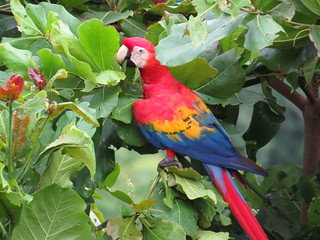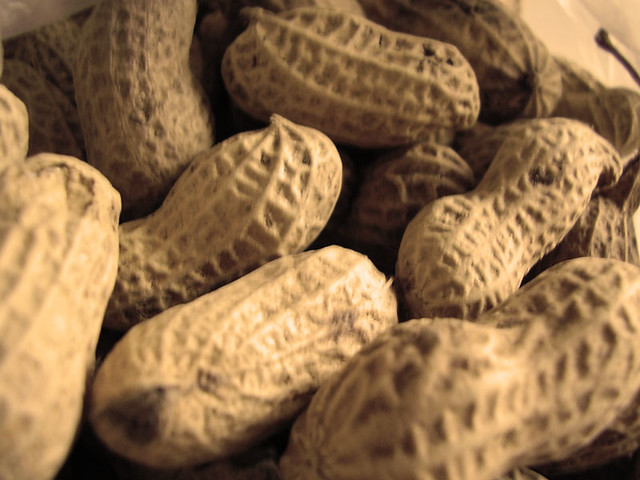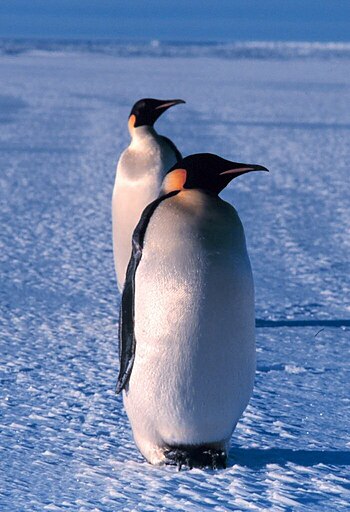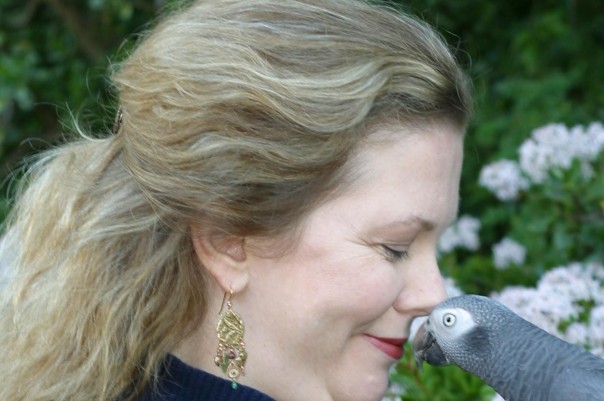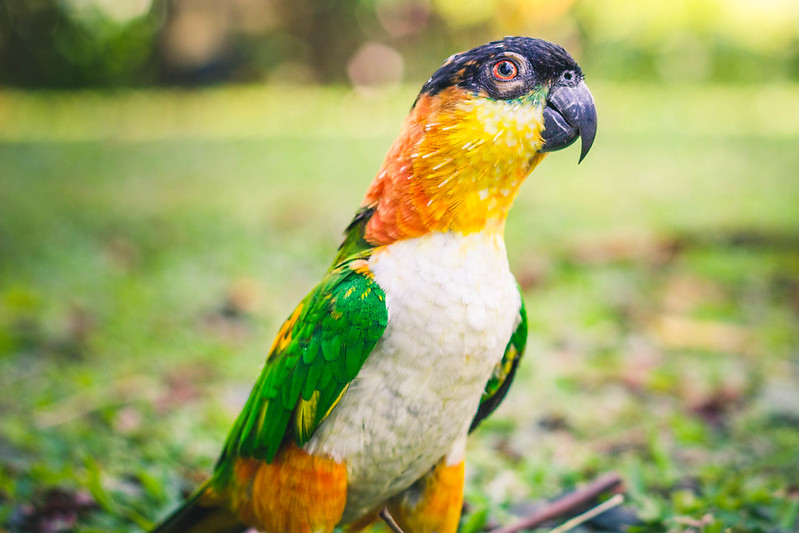These birds are predominantly green with a striking yellow head and a red patch on each wing. They can also be found south of Mexico in Guatemala, Belize, and Honduras.
Although they prefer habitats like tropical or subtropical forests, savannahs, mangrove swamps, or cultivated land where trees are available for nesting, Yellow-headed Amazon parrots are now considered rare and on the endangered list because of poaching and illegal trade and because of deforestation resulting in the loss of their nesting habitat.
Captive bred Yellow-headed Amazons are widely available as pets but can be somewhat expensive. They are an extremely popular parrot species to own because of their vocal abilities.
They are a close second to the African Grey parrot which is considered the best talker in the parrot world. Although all Amazons are capable of talking not all do.
Their talking ability varies with each bird. Some birds are excellent talkers while other may never talk. Yellow-headed Amazon parrots are extremely intelligent, funny, and active birds. They like to receive attention and do so by sometimes being loud and playful. They are said to be the loudest of all the Amazon parrots. But, it is possible to replace screeching with human speech with a little bit of training.
Because Yellow-headed Amazon parrots are active they thrive in an environment that allows them to fly and move around. An aviary is a great enclosure but they can also adjust to indoor cages as long as sufficient daily exercise is offered by their owner.
These parrots are also easily tamed and trained. But, like most large parrot species, Yellow-headed Amazons can be destructive. Owners need to provide their birds with plenty of chewing toys and braches.
These parrots can grow to the average length of fifteen inches although females are slightly smaller than males.
Yellow-headed Amazon parrots have a stout, hooked beak that is not only used for cracking the hard shells of seeds and nuts but also for grasping, exploring, and climbing.
They also use their feet to climb and it is almost like another hand for them. Amazons have two toes pointing forwards and two toes pointing backward which make them perfect for grasping. They will use their feet to hold food while eating.
In the wild Yellow-headed Amazons eat a variety of fruits, berries, nuts, blossoms, and leaf buds. They have also been known to raid agricultural crops like maize. When living in a home environment with an owner these birds enjoy vegetables, fruit, seeds, nuts, berries, and pellet food.
ike all parrots nutrition is very important to their health and their lives.
When considering having one of these beautiful birds as a pet, owners should consider the longevity of their commitment.
Yellow-headed Amazon parrots can live to be sixty to eighty years old. Although no pet is perfect, these parrots are sure to give their owners hours of entertainment and pleasure.
|



